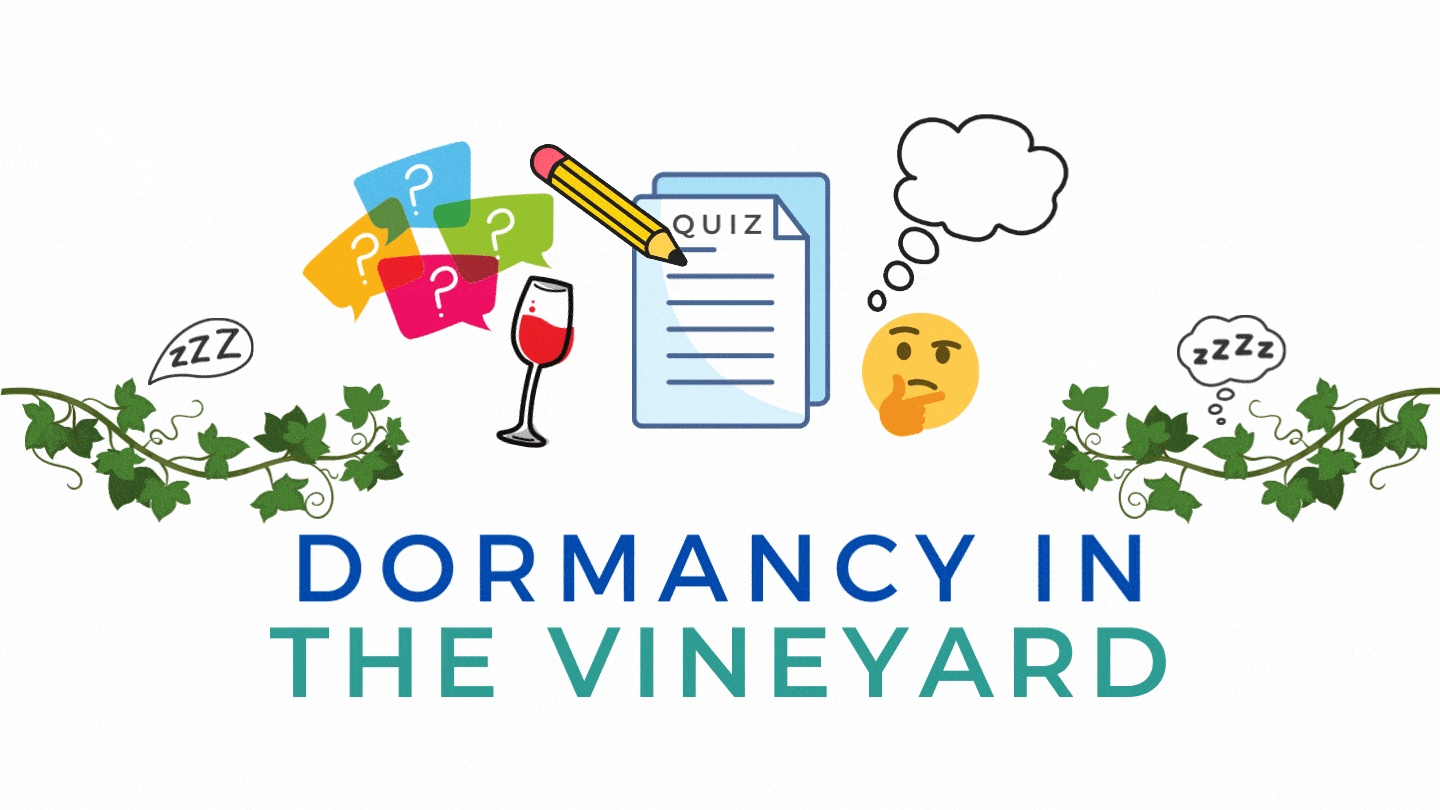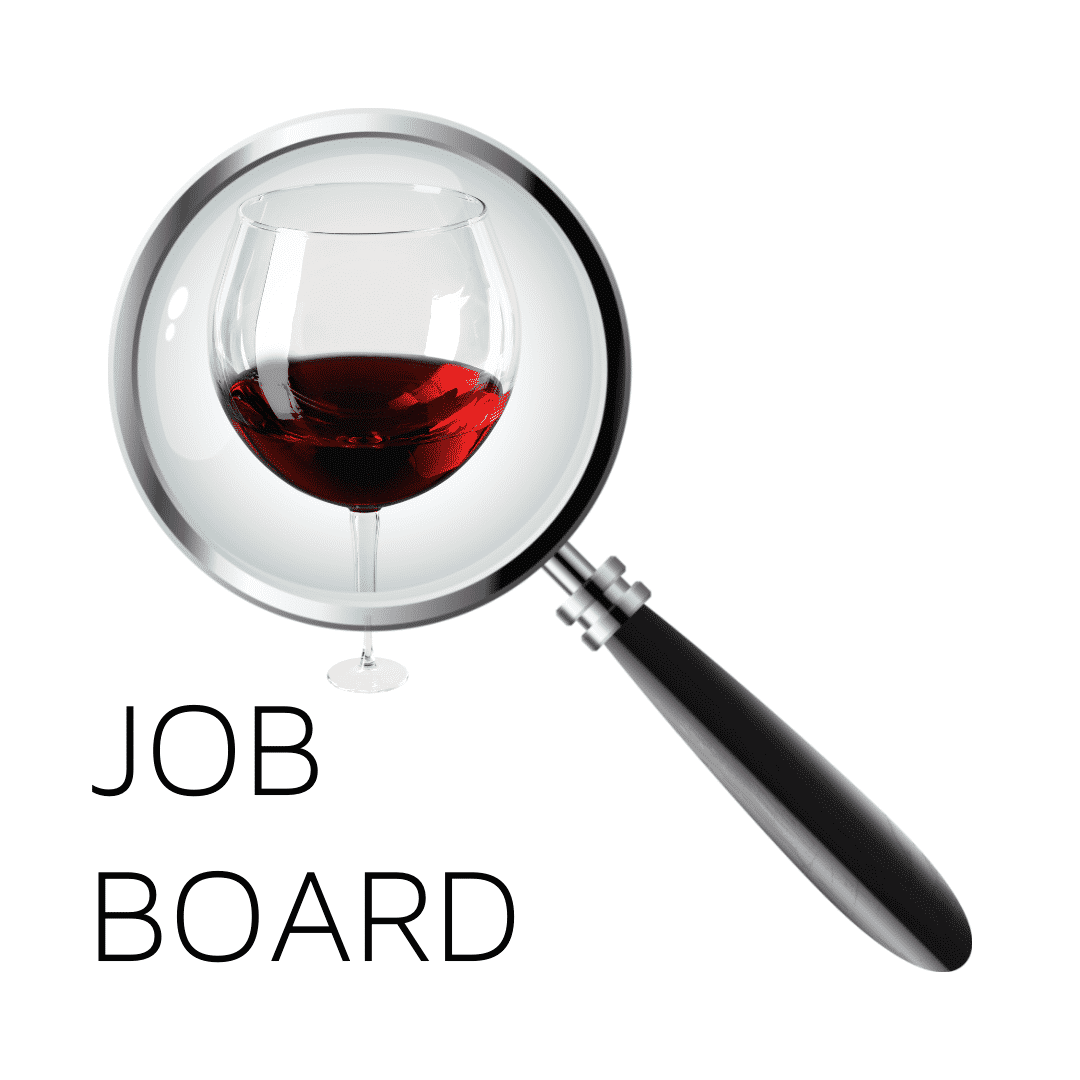Wine Quiz - Dormancy in the Vineyard

7 Essential Insights into Dormancy in the Vineyard: Uncovering Nature's Secrets
Introduction to Vineyard Dormancy
In the world of viticulture, the dormant phase is as significant as the growing season. Dormancy in vineyards is not merely a period of inactivity but a critical time for grapevines to rest and prepare for the next growth cycle. During this phase, vines undergo essential physiological changes that are crucial for their survival through harsh winter conditions and for ensuring a successful budding in the spring.
The Science Behind Dormancy in the Vineyard
Vine dormancy is a complex biological process. It begins when daylight decreases and temperatures drop, signaling the vine to enter a state of conservation. During this phase, the metabolism of the vine slows down significantly, conserving energy for the upcoming growing season. Understanding these changes is key to managing vine health effectively during dormancy.
Impact of Climate on Vineyard Dormancy
Climate significantly influences the dormancy period of vineyards. Milder winters can lead to shorter dormancy phases, potentially exposing the vines to late frost damage. Conversely, harsh winters may prolong dormancy, delaying the growth cycle. Understanding these climatic impacts allows for better preparation and adaptation strategies in vineyard management.
Pruning Techniques During Dormancy
Pruning during dormancy is essential for shaping the vine and controlling its growth in the coming season. Effective pruning techniques help maintain the health of the vine, ensuring balanced growth and optimal fruit production. It’s a skillful task that requires understanding the vine’s structure and growth patterns.
Soil Health and Nutrition in Dormant Vineyards
Even during dormancy, soil health remains a critical factor. This period is ideal for conducting soil tests and replenishing nutrients that will support the vine’s growth in the next season. Maintaining soil health during dormancy can significantly impact the overall health and productivity of the vineyard.
Pest and Disease Management in Dormant Vineyards
Pests and diseases can still be a threat during the dormant period. This is a crucial time for implementing preventative measures such as applying dormant oils and monitoring for early signs of infestation or disease. Effective management during this phase can reduce the risk of problems in the growing season.
Preparing for the Post-Dormancy Burst
As dormancy concludes, vineyard managers must prepare for the burst of growth that follows. This includes ensuring that all necessary resources, such as labor and equipment, are ready for the demanding tasks of the growing season, like training, trellising, and managing canopy growth.
Innovations in Monitoring Dormancy
Technological advancements have introduced new ways to monitor dormancy in vineyards. Tools like temperature sensors and sap flow meters help in understanding the exact status of the vines, allowing for more precise and efficient management practices.
The Role of Water Management During Dormancy
Water management is still important during dormancy. Adequate moisture levels are necessary to maintain the health of the root system and prepare the vine for the growth period. Efficient water management during dormancy can lead to better water usage during the growing season.
Understanding Bud Break in Vineyards
Bud break marks the end of dormancy and the beginning of the new growing season. Factors like temperature, soil health, and the vine’s internal clock influence the timing of bud break. It’s a critical phase as it sets the stage for the development of shoots, leaves, and eventually, grapes.
The Economic Importance of Vineyard Dormancy
The management of the dormancy period directly impacts the economic outcomes of a vineyard. Effective dormancy management can lead to a better-quality grape harvest, impacting both yield and the quality of the wine produced.
Global Practices in Managing Dormancy
Different wine-producing regions around the world have unique practices and challenges in managing dormancy. From the temperate climates of Europe to the diverse conditions in New World wine regions, understanding these varied approaches offers valuable insights into effective dormancy management.
Future Trends in Dormancy Research
Research in vineyard dormancy continues to evolve, with new studies focusing on climate change impacts, genetic responses of vines to dormancy, and innovative management techniques. Staying abreast of these developments is crucial for future-proofing vineyard management strategies.
Conclusion: Embracing the Dormancy Phase
Embracing and understanding the dormancy phase is key to successful vineyard management. It’s a period that lays the foundation for the health and productivity of the vineyard in the coming year. By appreciating the significance of this phase, vineyard managers can ensure the longevity and prosperity of their vines.











